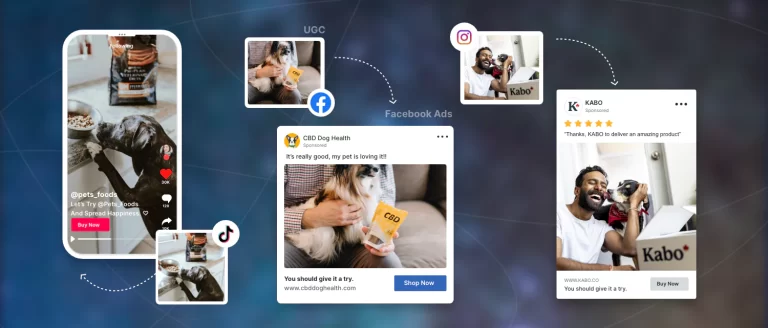Impending update or impending doom for your marketing budget?
Many folks in the marketing world are worried about Apple’s September update as it could take a hit to data collection over the next few months. But if your business has already taken the necessary steps to create a holistic marketing strategy with a multi-pronged approach, there won’t be much to worry about.
So, what’s really going on with this iOS17 update?
Let’s break it down.
Apple will be introducing yet another update with their new iPhone. We know… Shocking! It’s not like they keep doing this every year, right?
Wrong…
Apple is well-known for their regular updates, impossible charging cables and moving towards a consumer-protected approach when it comes to tracking data. This means that with every update, there are metrics that are removed from their data collection in terms of tracking.
With this upcoming update, Apple will be removing their link tracking parameters within their:
- Safari browser
- iMessage and
- email application.
Broadly speaking, you will lose the ability to trace user activity across various platforms originating from their advertising campaigns. But how does that impact your business?
Why Is the iOS Update Challenging for Us Marketers?
There are a few reasons why this new update might make things more difficult for data collection and crafting your marketing strategies.
Changes in Tracking Campaign Performance
Marketers like us rely on detailed user data to understand how well an ad campaign performs. With reduced tracking capabilities, assessing metrics like engagement, click-through rate, and conversion becomes more challenging.
The inability to capture granular user behaviour challenges the continuous optimisation we do on your ad campaigns.
Attribution to Direct Traffic
The update could lead to more visits being categorised as “Direct” traffic in analytics platforms, essentially making it look like the user directly entered the website URL instead of coming from an ad or social media post.
This makes it increasingly difficult to prove the return on investment (ROI) for marketing channels such as Facebook, Instagram and email, which is critical for budget allocation and strategic planning.
Smaller Audiences and Inaccurate Audience Pools
Without the ability to track users across platforms and websites, building segmented audiences based on behaviour or interests becomes problematic. This impacts personalised marketing strategies.
Here’s why – smaller, less accurate audience pools can reduce the efficacy of targeted ads, leading to lower conversion rates and possibly higher costs per acquisition.
Due to the restricted data pool, any analytics derived from it could be less representative of the actual audience. This could possibly lead to incorrect insights and ineffective strategies.
But the good news is that the tracking feature will only be restricted to their own app. If a user were to use other browsers like Google Chrome or Firefox, you would still be able to collect data as per usual. Additionally, this change should not affect TikTok and Meta performance too much as most purchases are made in-app.
How Do We Address the Situation?
While the removal of these tracking parameters will have an impact on the online ecosystem, our team will be taking the appropriate measures for those of you who use a multi-channel marketing approach.
The limitations imposed don’t have to spell the end for effective multi-channel marketing! It simply unlocks a new landscape that will require some navigation.
One of the main focuses of our strategy will be on streamlining user experiences through an in-app ecosystem, minimising the necessity for cross-app navigation. This approach is designed to mitigate the loss of valuable user data, ensuring that interactions remain within our controlled platform environment.
Here are a few other ways your team’s strategy could adapt to the new conditions:
Diversification
If one channel becomes less effective due to tracking limitations, having a diversified approach can offset this. A holistic strategy doesn’t rely solely on one medium but incorporates multiple touchpoints— SEO, PPC, and even Pinterest—to reach the audience.
Content Quality
As tracking becomes less precise, the importance of delivering high-value content becomes more critical. By providing content that is intrinsically valuable to your target audience, you naturally encourage engagement.
Customer Journey Mapping
A well-rounded strategy will consider the customer journey from beginning to end across all channels, not just those affected by iOS updates. Understanding how different touchpoints interact and contribute to conversions will be critical, especially when granular tracking is limited.
Still confused on how this will impact your data? Check out our other marketing tips or hop on a quick call and speak to one of our specialists today to get a clearer picture. Get in touch today!







